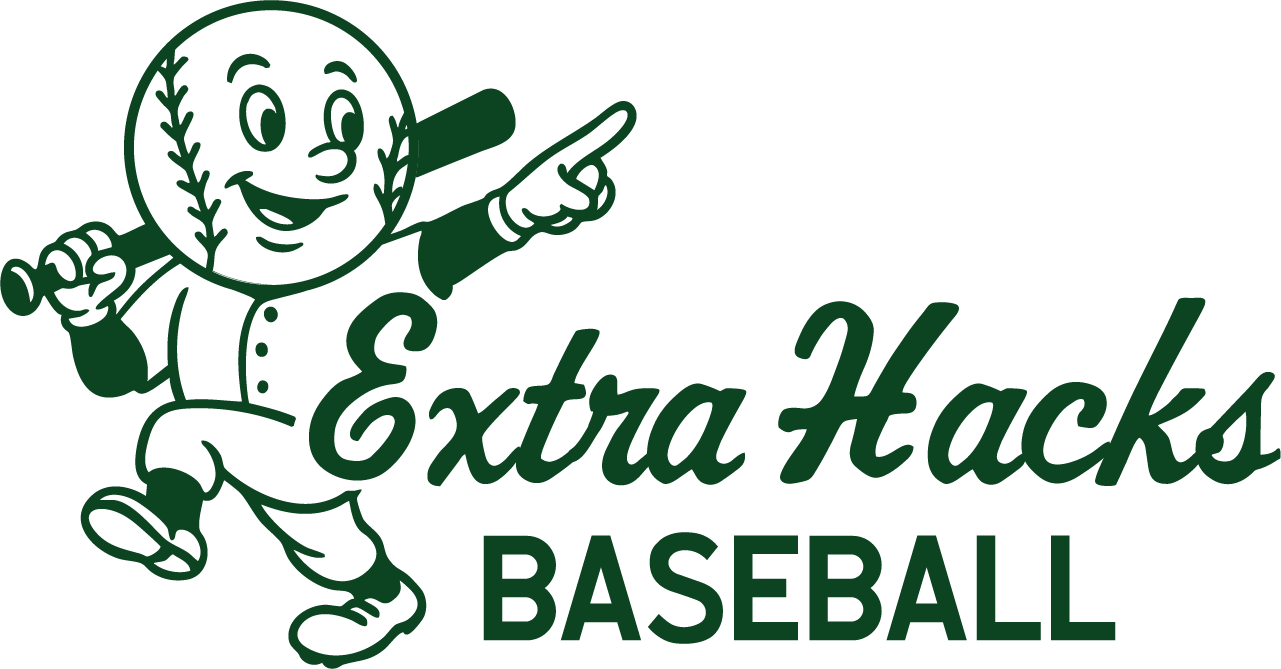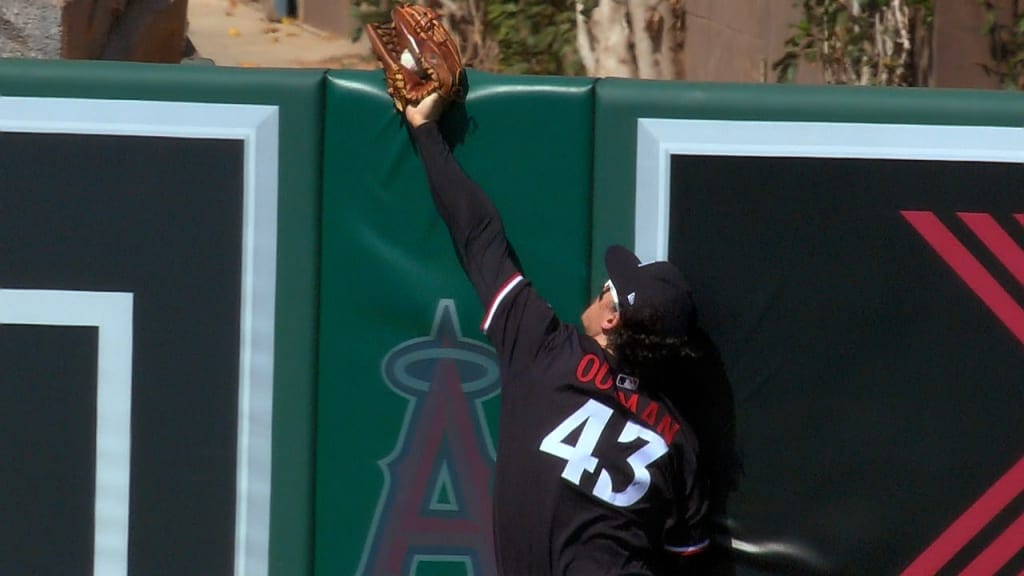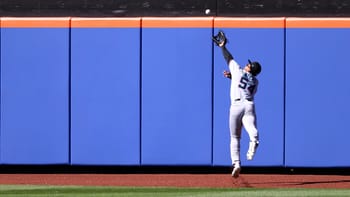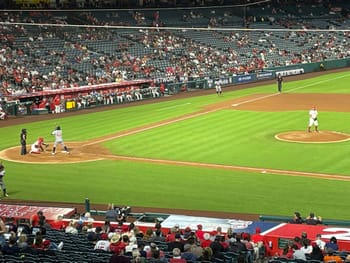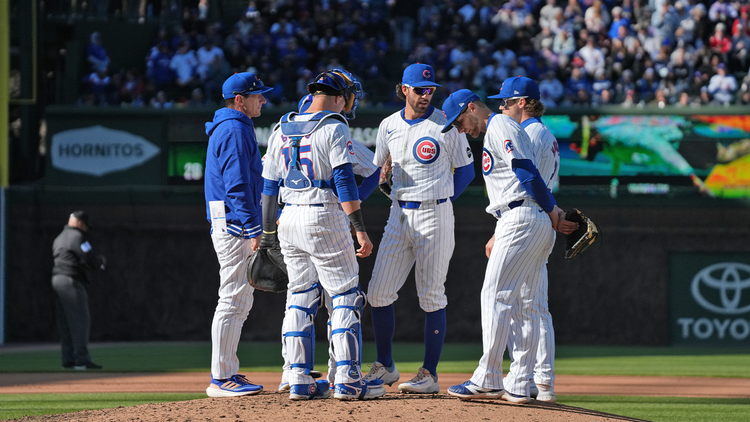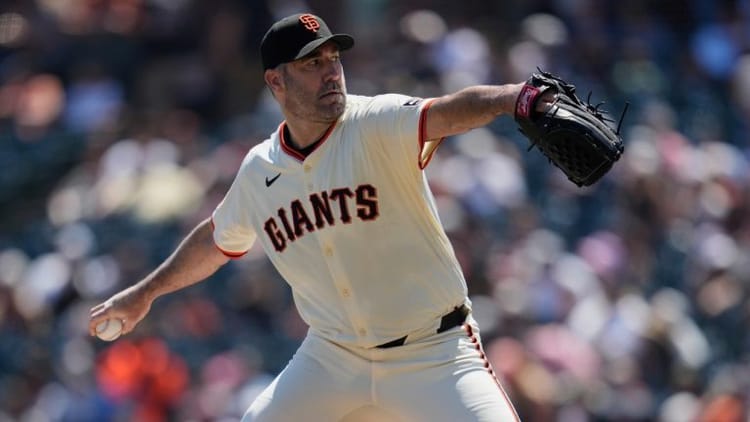Finally, A Good Game
The Twins/Angels game on Wednesday was a very well played game. The Angels got a late sacrifice fly from Mike Trout to drive in what held up as the winning run. It was great to see both pitching staffs throw the entire games instead of having position players come on to finish it out. Here are the main lessons and details to take away from Wednesday.
It's Hard to Get a Big League Hit
So you want to be a Big League hitter? It can be SO hard to get a hit in the Major Leagues. The final score was 4-3. With the quality of contact that was made, it felt like the game could have been 10-9. Take a look at the video below of all of the hard hit outs -
Hard Hit Out Montage
The pitching is great, the scouting reports are great so defenders are in position, and those defenders have A TON of range if you do happen to hit it away from them.
In our cage sessions at Extra Hacks, we do a lot of game sim work. We play a lot of 3 on 3 games where players try to score as many runs as possible and compete. A main point of emphasis in that is that we don't just reward a ball that's hard hit. If we think it would have been at a player, it could still be an out. Of course, our hitters always complain about that, but it's the reality of baseball. We're training guys to learn to live with hitting the ball hard and getting out. There is only so much in your control and we want to see how you handle being 0-3 with 3 hard hit balls in the cage. The above video is exactly why.
Note - Every ball hit in the video above came off the bat at 95mph or higher.
Working Backwards on a Line Drive
This one is talked about in our "What Your Coach Really Means" (WYCRM) series. Often, younger players are taught to freeze on a line drive. You can read that post to see why that's not really great terminology and you should be working backwards on a line drive. This play is exactly the reason why -
Keaschall vs. Chafin, Top 5, 0 outs, runner on 2nd
There are a couple things that happen here. One, because Larnach starts heading back to the bag, he's not going to get doubled off if Rengifo catches it. That's what the result of the play should have been; a line drive caught and Larnach still at 2nd. But what happens next is that Rengifo drops the ball because he's trying to get two outs. The play is sped up because Larnach is going back to the bag. If he freezes and it's going to not even be close at 2nd, Rengifo definitely catches that ball. Larnach's baserunning forces the drop and instead of 2 outs on the play, the Angels get 0 outs.
Knowing Your Limit on Flyballs
This is a great lesson on spatial awareness on a baseball field. This ball is smoked over Outman's head in centerfield. He makes a great play to get back to the wall and make the catch, turns around and almost throws Trout out at first base.
Neto vs. Bradley, Bottom 6, Runner on 1st, 0 outs
Now if you're just watching the highlight, you won't see how far Trout got off the bag at 1st. Being at the game, I can tell you that he was PASSED 2nd BASE and still made it back to first despite a perfect throw from Outman.
A couple data points you need to factor in when deciding how far to get on a flyball.
- The depth of the flyball. Is it at the wall? Did the outfielder move in or back?
- The outfielder's arm strength. Does he have a rocket or does he throw pies? You need to note this in pregame.
- Your own speed. Are you a burner or do you run with a piano attached to you? You're probably in the middle.
Obviously, because of point number 3, not everyone's limits are going to be the same. What we don't want to have happen is a ball is hit like this and falls, but our hitter ends up with a single because we didn't get far enough off our initial base. I would say more youth players error way too hard on the conservative side. Understanding where your limits are starts in your baserunning station during batting practice. This is what this station is for, not conditioning!
Note - If you do pass 2nd base on a flyball like this, as you head back to first, you need to RETOUCH 2nd base. This may seem obvious, but there are plenty of examples of players not retouching the bag as they head back to first.
Pitch Selection with Open Base
Alright now we get to talk about Luke. Obviously, we loved the double in the first inning, but if you're paying attention to the game, the walk was the impressive at bat. He comes up with runners on 2nd and 3rd and two outs in the 3rd inning. After the two out double by Larnach the Angels used a mound visit to talk to pitcher Jose Urena. As soon as the pitching coach went to the mound, it was obvious that the conversation was "we can't let this guy beat us with 1st base open."
Luke is currently hitting 4th in the Twins lineup. He's also hitting over .300 still. With an open base, a pitcher in this situation is going to make the hitter get himself out or just walk him. Here is the pitch sequence -
Keaschall vs. Urena - Top 3, Runners on 2nd and 3rd, 2 outs
The 1-0 pitch was the mistake pitch. He didn't get cheated on the swing and missed it, but didn't get himself out. After that, it's a steady diet of pitches that are just off the plate or right on the corner. When you are the best hitter in the lineup, it is very easy to expand the zone too much and try to be the guy that gets the hit. This is a very disciplined at bat and shows A LOT of maturity for a 23 year old to stay within the strike zone in an RBI situation.
Understand, this is how you're going to get pitched by good teams if you're up with an open base. Especially if you're hitting in the middle of the order. Pitchers are going to try to make you swing at their pitch and make soft contact. Expect a lot of off-speed in these situations.
Not Making the Cut
A couple other details we'll touch on in the future include relay details and 2 out hitting. The Angels executed an awesome relay in the 1st inning to throw Larnach out at home plate, which ended up being the difference in the game. The video on it wasn't great so we'll have to look for another one in the future. Two out hitting could be part of every summary we do. If you extend innings with two outs or drive guys in with two outs, you'll likely win the game.
Summary
For two teams down in the standings right now, this was a pretty well played game. It was close throughout and every detail mattered. Mike Trout ended up driving in the game winning run on a sacrifice fly (line drive) in the 8th inning. He executed it exactly the way we talked about it in our runner on 3rd, less than two outs piece.
It was great to see Luke down in Anaheim and we'll look forward to getting out to Minnesota for a game in the future! We'll sign off with his double that he smoked to left center in the 1st inning. This is actually the relay referenced above.
Keaschall vs. Urena, Top 1, Runner on 1st, 2 outs
